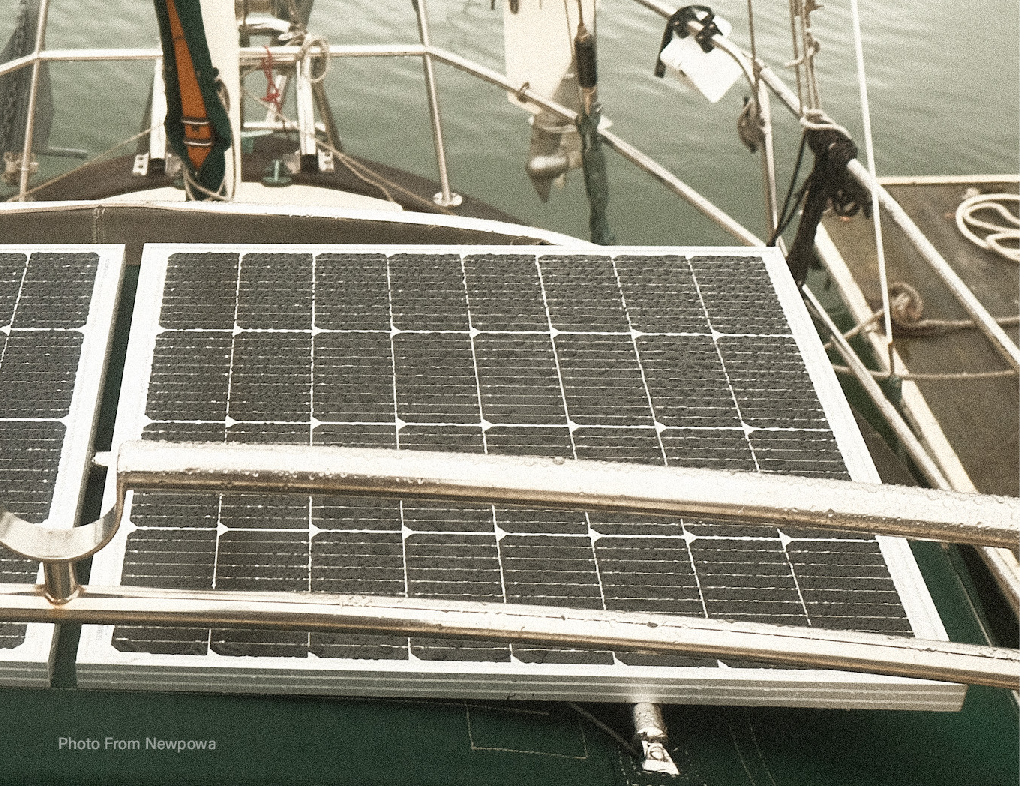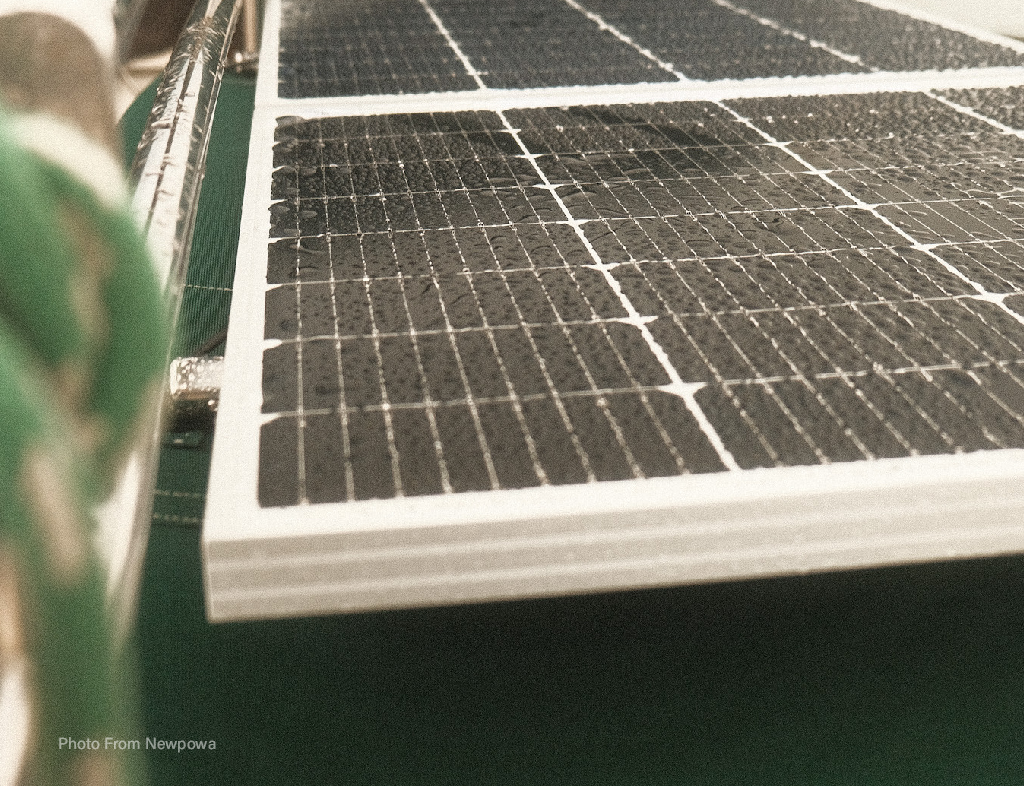SIGNS OF BAD SOLAR CELLS
10th May 2024
Investing in solar panels is a significant step toward
sustainable energy and reducing your carbon footprint. However, ensuring the
efficiency and longevity of your solar system requires vigilant monitoring for
signs of potential issues, particularly with individual solar cells. Here are
some key indicators of bad solar cells.
Decreased Energy Production: One of the most obvious signs of malfunctioning solar cells is a noticeable decrease in energy production. If your solar panels are generating significantly less electricity than usual, it could be indicative of one or more faulty cells within the panel array.
Visible Physical Damage: Inspect your solar panels regularly for any visible signs of physical damage, such as cracks, chips, or discoloration. Physical damage can compromise the integrity of solar cells, leading to reduced performance or complete failure over time.
Hotspots: Hotspots occur when certain areas of a solar cell become significantly hotter than others during operation. These localized areas of heat can indicate defects within the cell, such as micro-cracks or manufacturing flaws, which may affect overall panel performance and lifespan.
Cell Delamination: Delamination occurs when the layers of materials within a solar cell begin to separate, typically due to exposure to moisture or extreme temperatures. This separation can lead to decreased efficiency and potential cell failure if left unaddressed.
Discoloration: Discoloration of solar cells, often appearing as dark spots or streaks on the surface, can be a sign of corrosion, contamination, or degradation of cell materials. Discolored cells may experience reduced efficiency and may require replacement to maintain optimal performance.

Mismatched Cells: In some cases, solar panels may contain mismatched or defective cells that do not perform uniformly with the rest of the panel array. This can result in uneven energy production and may require professional inspection and repair to resolve.
Intermittent Performance: If your solar system experiences intermittent performance issues, such as sporadic drops in energy output or inconsistent operation, it could indicate underlying issues with individual solar cells. Monitoring performance data and conducting regular inspections can help identify and address these issues promptly.
In conclusion, recognizing the signs of bad solar cells is essential for maintaining the efficiency and reliability of your solar energy system. By staying vigilant and addressing potential issues promptly, you can ensure optimal performance and maximize the benefits of your investment in renewable energy.
Be Wise, Go Solar!
